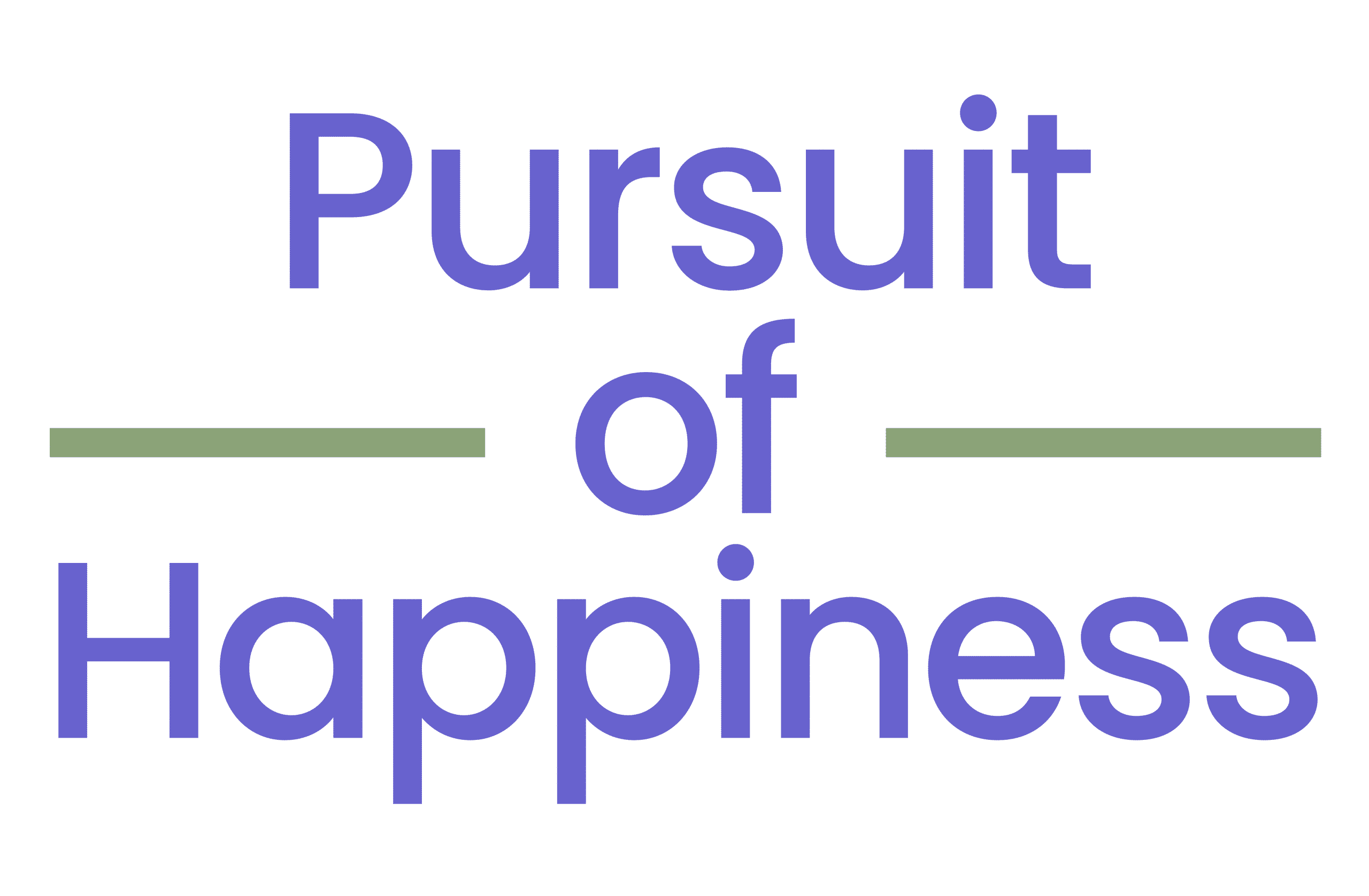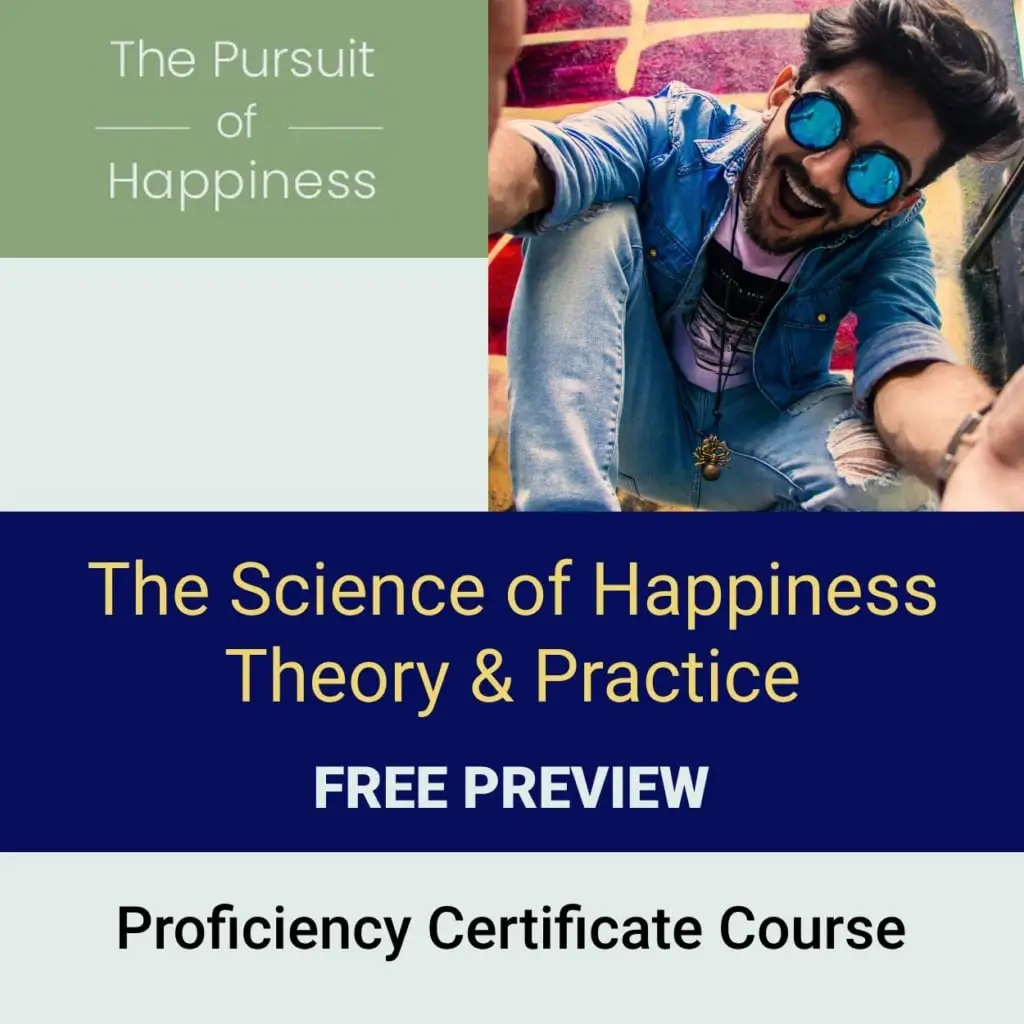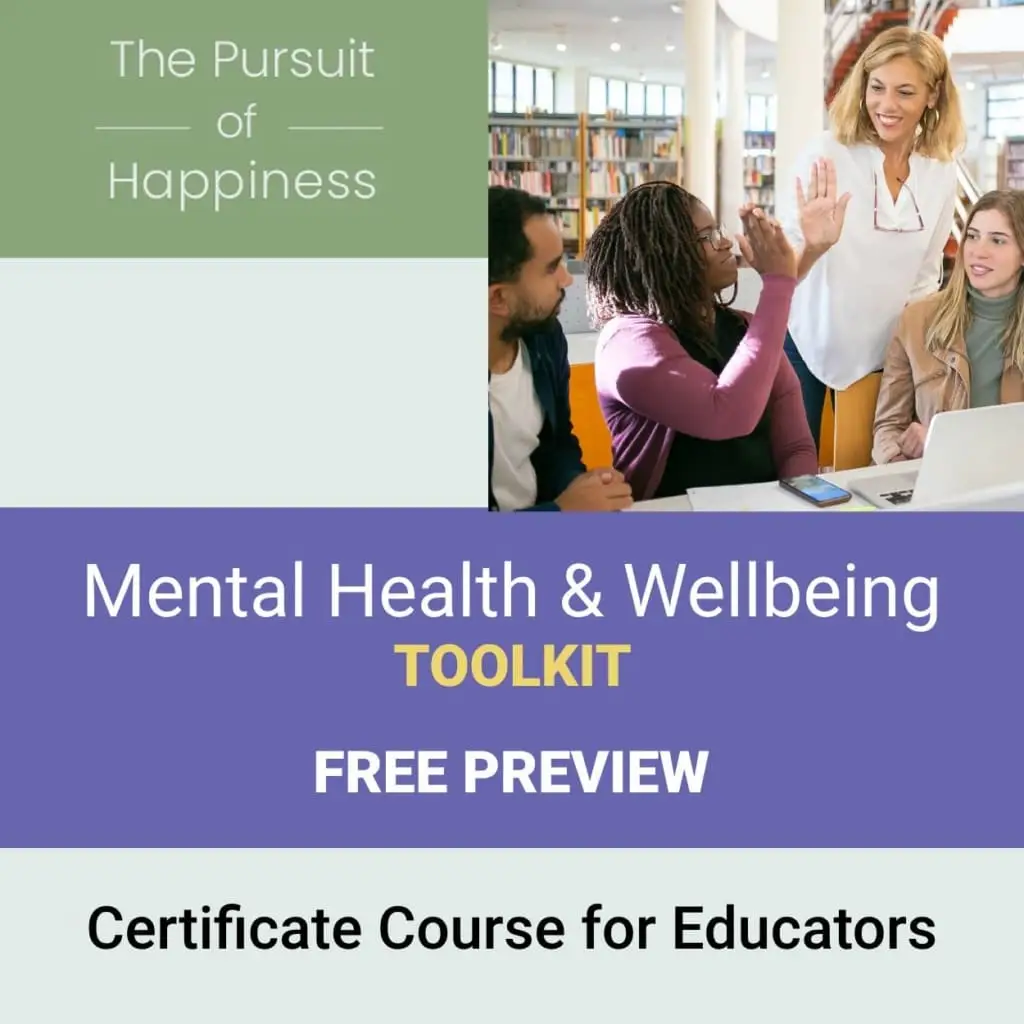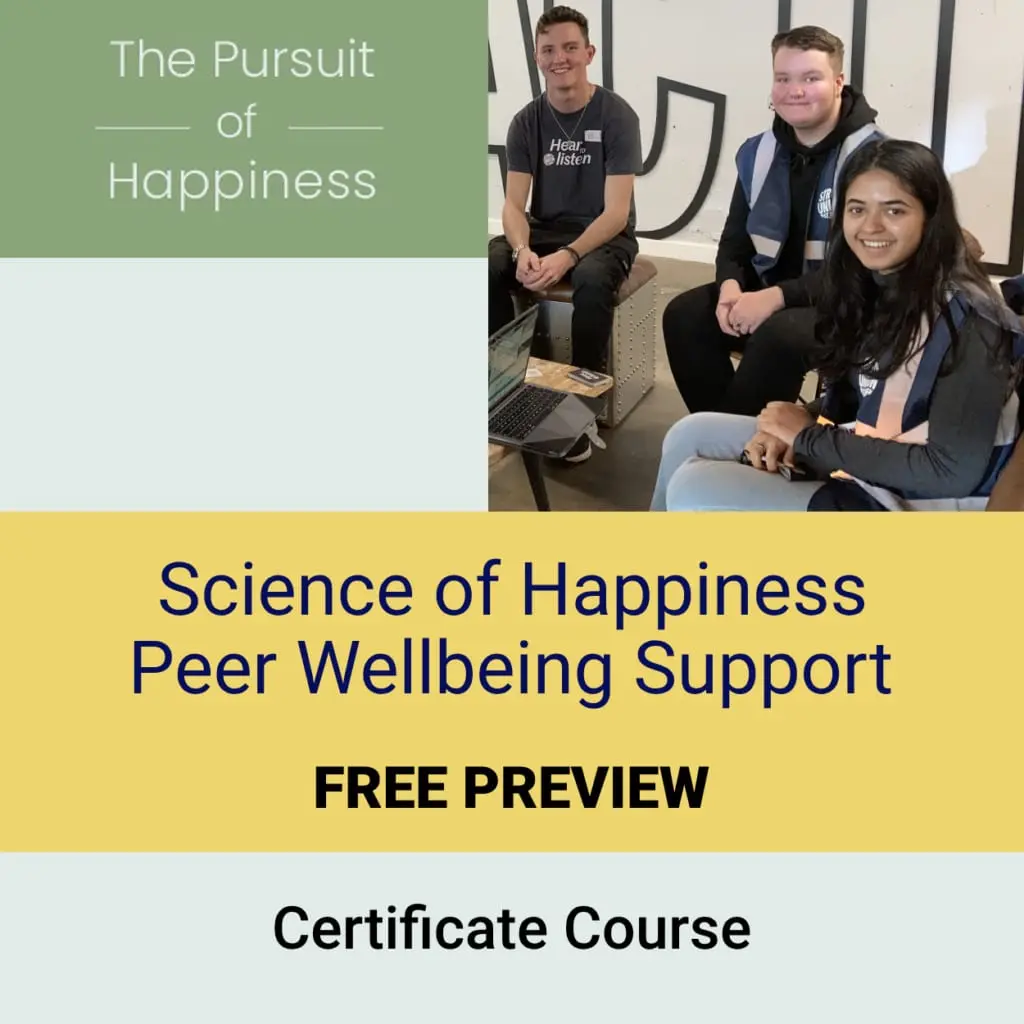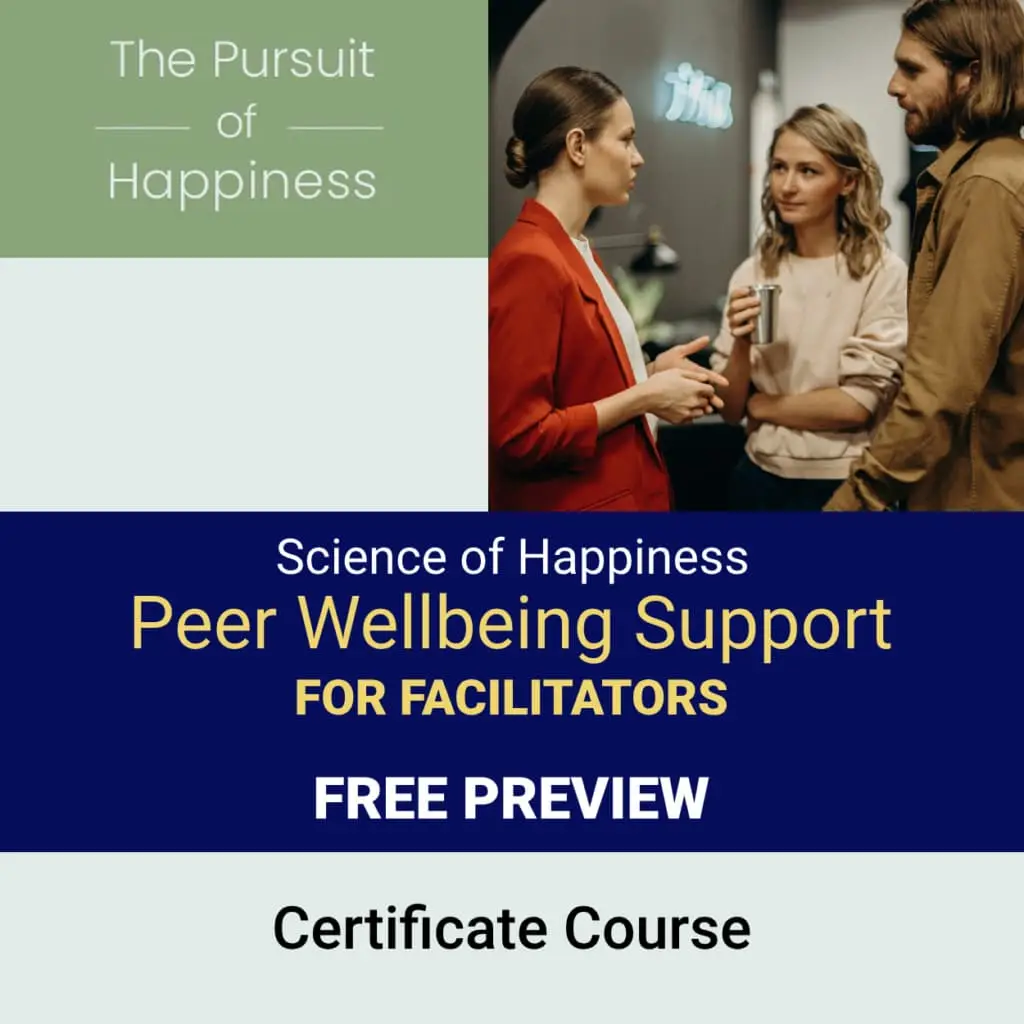Interested in learning more about relationships and happiness? Click on each citation to read the abstract of each study.
RELATIONSHIPS: THE CONSTRUCT
Social Support in Relation to Job and Family
Adams, G. A., King, L. A., & King, D. W. (1996). Relationships of job and family involvement, family social support, and work–family conflict with job and life satisfaction. Journal of Applied Psychology, 81(4), 411.
Booth, A. L., & Van Ours, J. C. (2008). Job satisfaction and family happiness: The part-time work puzzle*. The Economic Journal, 118(526), F77–F99.
Cameron, A., Kraus, M. W., Galinsky, A. D., & Keltner, D. (2012). The Local-Ladder Effect: Social Status and Subjective Well-Being Psychological Science. 23(7), 764-771.
Caprariello, P. A. & Reis, H. T. (2013). To do, to have, or to share? Valuing experiences over material possessions depends on the involvement of others. Journal of Personality and Social Psychology.104(2), 199-215. doi: https://dx.doi.org/10.1037/a0030953
Cohen, S., & Wills, T. (1985). Stress, social support, and the buffering hypothesis. Psychological Bulletin, 98(2), 310-157. doi:10.1037/0033-2909.98.2.310
Ernst Kossek, E., & Ozeki, C. (1998). Work–family conflict, policies, and the job–life satisfaction relationship: A review and directions for organizational behavior–human resources research. Journal of applied psychology, 83(2), 139-149.
Greenhaus, J. H., Collins, K. M., & Shaw, J. D. (2003). The relation between work–family balance and quality of life. Journal of Vocational Behavior, 63(3), 510–531. doi:10.1016/S0001-8791(02)00042-8.
Loscocco, K., & Spitze, G. (1990). Working Conditions, Social Support, and the Well-Being of Female and Male Factory Worker. Journal of Health and Social Behavior, 31, 313–327.
Park, N. & Peterson, C. (2006). Character Strengths and Happiness among Young Children: Content Analysis of Parental Descriptions Journal of Happiness Studies. 7(3), 323–341. doi: 10.1007/s10902-005-3648-6
Ryan, R. M., Bernstein, J. H., & Brown W. K. (2010). Weekends, Work, and Well-Being: Psychological Need Satisfactions and Day of the Week Effects on Mood, Vitality, and Physical Symptoms. Journal of Social and Clinical Psychology. Vol. 29(1), 95-122. doi: 10.1521/jscp.2010.29.1.95
Rüesch, P., Graf, J., Meyer, P. C., Rössler, W., & Hell, D. (2004). Occupation, social support and quality of life in persons with schizophrenic or affective disorders. Social Psychiatry and Psychiatric Epidemiology, 39(9), 686–694. doi:10.1007/s00127-004-0812-y
Culture and Social Support
Chan, Y. K., & Lee, R. P. L. (2006). Network Size, Social Support and Happiness in Later Life: A Comparative Study of Beijing and Hong Kong. Journal of Happiness Studies, 7(1), 87–112. doi:10.1007/s10902-005-1915-1
Kim, H. S., Sherman, D. K., & Taylor, S. E. (2008). Culture and social support. American Psychologist, 63(6), 518–526. doi:10.1037/0003-066X
Lu, L. & Argyle, M. (1991). Happiness and Cooperation. Personality and Individual Differences 12(10), 1019-1030.
Lu, L., & Gilmour, R. (2004). Culture and conceptions of happiness: Individual oriented and social oriented SWB. Journal of Happiness Studies, 5(3), 269–291.
Uchida, Y., Norasakkunkit, V., & Kitayama, S. (2004). Cultural constructions of happiness: Theory and emprical evidence. Journal of Happiness Studies, 5(3), 223–239.
Social Support and Health
Anderson, C., Kraus, M. K., Galinsky, A. D., & Keltner, D. (2012). The Local-Ladder Effect: Social Status and Subjective Well-Being. Psychological Science. 23(7), 764-771.
Blixen, C. E., & Kippes, C. (1999). Depression, social support, and quality of life in older adults with osteoarthritis. Journal of Nursing Scholarship, 31(3), 221–226.
Burgoyne, R., & Renwick, R. (2004). Social support and quality of life over time among adults living with HIV in the HAART era. Social Science & Medicine, 58(7), 1353–1366. doi:10.1016/S0277-9536(03)00314-9
Cramm, J. M., Hartgerink, J. M., de Vreede, P. L., Bakker, T. J., Steyerberg, E. W., Mackenbach, J. P., & Nieboer, A. P. (2012). The relationship between older adults’ self-management abilities, well-being and depression. European Journal of Ageing. 9(4), 353-360.
Edmondson, Olivia, J. H. & MacLeod, A. K. (2015). Psychological Well-Being and Anticipated Positive Personal Events: Their Relationship to Depression. Clinical Psychology and Psychotherapy. 22, 418–425. doi: 10.1002/cpp.1911
Helgeson, V. S. (2003). Social support and quality of life. Quality of Life Research, 12(1), 25–31.
Karademas, E. C. (2006). Self-efficacy, social support and well-being: The mediating role of optimism. Personality and Individual Differences, 40(6), 1281–1290. doi:10.1016/j.paid.2005.10.019
Lakey, B. & Oreheck, E. (2011). Relational regulation theory: A new approach to explain the link between perceived social support and mental health. Psychological Review.118(3), 482-495. doi: https://dx.doi.org/10.1037/a0023477
Linares, L., Jauregui, P., Herrero-Fernandez, D., & Estevez, A. (2016). Mediationg Role of Mindfulness as a Trait Between Attachment Styles and Depressive Symptoms. Journal of Interdisciplinary and Applied Psychology. 50, 881-896.
Macaskill, A. (2012). A feasibility study of psychological strengths and well-being assessment in individuals living with recurrent depression. The Journal of Positive Psychology. 7(5) 372-386.
Newsom, J. T., & Schulz, R. (1996). Social support as a mediator in the relation between functional status and quality of life in older adults. Psychology and Aging, 11(1), 34. doi:10.1037/0882-7974.11.1.34
Street, H., Nathan, P., Durkin, K., Morling, J., Dzahari, M. A., Carson, J., & Durkin, E. (2009). Understanding the relationships between wellbeing, goal-setting and depression in children. Australian and New Zealand Journal of Psychiatry. 38(3),155-161. doi: 10.1080/j.1440-1614.2004.01317.x
Turner, J. (1981). Social Support as a Contingency in Psychological Well-Being. Journal of Health and Social Behavior, 22(4), 357–367.
Lack of Social Support
Cheng, H., & Furnham, A. (2002). Personality, peer relations, and self-confidence as predictors of happiness and loneliness. Journal of Adolescence, 25(3), 327–339.
Jackson, T., Soderlind, A. & Weiss, K. E. (2000). Personality traits and quality of relationships as predictors of future loneliness among American college students. Social Behavior and Personality: an international journal 28(5), 463-470(8).
Newall, N. E. G., Chipperfield, J. G., Bailis, D. S., & Stewart, T. L. (2013). Consequences of loneliness on physical activity and mortality in older adults and the power of positive emotions. Health Psychology, 32(8), 921–924. doi:10.1037/a0029413
Orth-Gomér, K., Rosengren, A., & Wilhelmsen, L. (1993). Lack of social support and incidence of coronary heart disease in middle-aged Swedish men. Psychosomatic Medicine, 55(1), 37–43.
Marital Satisfaction
Frech, A., & Williams, K. (2007). Depression and the Psychological Benefits of Entering Marriage Journal of Health and Social Behavior. 48(2), 149-163. doi: 10.1177/002214650704800204
Smith, D. A., Breiding, M. J., & Papp, L. M. (2012). Depressive moods and marital happiness: Within-person synchrony, moderators, and meaning. Journal of Family Psychology, 26(3), 338–347. doi:10.1037/a0028404
Stack, S., & Eshleman, J. R. (1998). Marital status and happiness: A 17-nation study. Journal of Marriage and the Family, 60(2) 527–536.
Friends and Family
Brown, S. L., Nesse, R. M., Vinokur, A. D., & Smith, D. M. (2003). Providing social support may be more beneficial than receiving ot: Results rrom a prospective study of mortality. Psychological Science, 14(4), 320–327. doi:10.1111/1467-9280.14461
Diener, E., & Seligman, M. (2002). Very pappy people. Psychological Science, 13(1). doi: 10.1111/1467-9280.00415
Fowler, J. H., & Christakis, N. A. (2008). Dynamic spread of happiness in a large social network: longitudinal analysis over 20 years in the Framingham Heart Study. BMJ, 337(dec04 2), a2338–a2338. doi:10.1136/bmj.a2338
Helsen, M., Vollebergh, W., & Meeus, W. (2000). Social support from parents and friends and emotional problems in adolescence. Journal of Youth and Adolescence, 29(3), 319–335.
Kim, J., & Lee, J.-E. R. (2011). The Facebook paths to happiness: Effects of the number of Facebook friends and self-presentation on subjective well-being. Cyberpsychology, Behavior, and Social Networking, 14(6), 359–364. doi:10.1089/cyber.2010.0374
Krause, N. (2002). Church-based social support and health in old age exploring variations by race. The Journals of Gerontology Series B: Psychological Sciences and Social Sciences, 57(6), S332–S347.
Larsen, R., Mannell, R., & Zuzanek, J. (1986). Daily well-being of older adults with friends and family. Psychology and Aging 1(2), 117-126. doi:10.1037/0992-7974.1.2.117
Powdthavee, N. (2008). Putting a price tag on friends, relatives, and neighbours: Using surveys of life satisfaction to value social relationships. Journal of Socio-economics, 37(4), 1459–1480.
Social Media Use and Wellbeing
Akın A1. (2012). The relationships between Internet addiction, subjective vitality, and subjective happiness. Cyberpsycholgy, Behavior, and Social Networking.15(8), 404-410. doi: 10.1089/cyber.2011.0609.
Lin, L. Y., Sidani, J. E., Shensa, A., Radovic, A., Miller E., Colditz, J. B., … & Primack, B. A. (2016). Association between social media use and depression among U.S. young adults. Depression and Anxiety. 33, 323–331. doi: 10.1002/da.22466
Nabi, L R., Prestin, A., & So, J. (2013). Facebook Friends with (Health) Benefits? Exploring Social Network Site Use and Perceptions of Social Support, Stress, and Well-Being Cyberpsychology, Behavior, And Social Networking. 16(10), 721-727. DOI: 10.1089/cyber.2012.0521
Seabrook, E. M., Kern, M. L., and Rickard, N. S. (2016). Social Networking Sites, Depression, and Anxiety: A Systematic Review. JMIR Ment Health 3(4): e50 DOI:10.2196/mental.5842
Howard, L., and Sharon, Shiovitz-E. (2011). Social network type and subjective well-being in a national sample of older Americans. Gerontologist. 51(3):379-88. https://academic.oup.com/gerontologist/article/51/3/379/559125
General Construct
Lakey, B., & Orehek, E. (2011). Relational regulation theory: A new approach to explain the link between perceived social support and mental health. Psychological Review. 118(3), 482-495.
Lyubomirsky, S., King, L., & Diener, E. (2005). The benefits of frequent positive affect: Does happiness lead to success? Psychological Bulletin, 131(6), 803–855. doi:10.1037/0033-2909.131.6.803
Myers, D. G., & Diener, E. (1995). Who is happy? Psychological science, 6(1), 10–19.
Nistor, A. A. (2011). Developments on the Happiness Issue: a Review of the Research on Subjective Well-being and Flow Scientific Journal of Humanistic Studies, 3(4), 58-66.
McNulty, J. K., & Fincham, F. D. (2012) Beyond positive psychology? Toward a contextual view of psychological processes and well-being. American Psychologist, 67(2), 101-110. doi: https://dx.doi.org/10.1037/a0024572
CLINICAL APPLICATIONS OF RELATIONSHIPS
Lack of Social Support
Stillman, T. F., Baumeister, R. F., Lambert, N. M., Crescioni, A. W., DeWall, C. N., & Fincham, F. D. (2009). Alone and without purpose: Life loses meaning following social exclusion. Journal of Experimental Social Psychology, 45(4), 686–694. doi:10.1016/j.jesp.2009.03.007
Friends and Family
Abbey, A., Abramis, D. J., & Caplan, R. D. (1985). Effects of different sources of social support and social conflict on emotional well-being. Basic and Applied Social Psychology, 6(2), 111–129. doi:10.1207/s15324834basp0602_2
Relationships with nature and PWB
Ball, K., Tampirio, A. & Crawford, D. (2006). Understanding environmental influences on nutrition and physical activity behaviors: where should we look and what should we count? International Journal of Behavioral Nutrition and Physical Activity, 3(33) doi: doi:10.1186/1479-5868-3-33
Capaldi, C. A., Passmore, H.-A., Nisbet, E. K., Zelenski, J. M., & Dopko, R. L. (2015).. Flourishing in nature: A review of the benefits of connecting with nature and its application as a wellbeing intervention. International Journal of Wellbeing, 5(4), 1-16. doi: doi:10.5502/ijw.v5i4.449
Davis, D. M., and Hayes, S. (2011).. What Are the Benefits of Mindfulness? A Practice Review of Psychotherapy-Related Research. Psychotherapy, 48(2), 198–208. DOI: 10.1037/a0022062
Hoot, R. E., & Friedman, H. (2011). Connectedness and environmental behavior: Sense of interconnectedness and pro-environmental behavior. International Journal of Transpersonal Studies, 30 (1-2), 89–100.
Grinde, B., & Patil, G. G. (2009). Biophilia: Does Visual Contact with Nature Impact on Health and Well-Being? International Journal of Environmental research and Public Health, 6(9), 2332–2343.doi: 10.3390/ijerph6092332
Joireman, J. A., Lasane, T. P., Bennett, J., Richards, D., & Solaimani, S. (2001). Integrating social value orientation and the consideration of future consequences within the extended norm activation model of proenvironmental behaviour. British Journal of Social Psychology, 40, 133-155. DOI: 10.1348/014466601164731
Klien, D. A; Goldenring, M. J., & Adelman W. P. (2014).. HEADDS 3.0: The psychosocial interview for adolescents updated for a new century fueled by media. Contemporary Pediatrics.
Kahriman-Ozturk, D., Olgan, R., & Tuncer, G. (2012). A qualitative study on Turkish preschool children’s environmental attitudes through ecocentrism and anthropocentrism. International Journal of Science Education, 34(4), 629-650. doi: https://dx.doi.org/10.1080/09500693.2011.596228
Mayer, F.S., & Frantz, C.M. (2004).. The connectedness to nature scale: A measure of individuals’ feeling in community with nature. Journal of Environmental Psychology, 24, 503–515.
Passmore, H.-A., & Holder, M. D. (2016).. Noticing nature: Individual and social benefits of a two-week intervention. Journal of Positive Psychology, 1-10. doi: https://dx.doi.org/10.1080/17439760.2016.1221126
Pereira, M. & Forster, P. (2015).. The Relationship between Connectedness to Nature, Environmental Values, and Pro-environmental Behaviours. Reinvention: an International Journal of Undergraduate Research, 8(2).
Restall, B. & Conrad, E. (2014).. A literature review of connectedness to nature and its potential for environmental management. Journal of Environmental Management, 1-15. doi: https://dx.doi.org/10.1016/j.jenvman.2015.05.022
Rideout, B. E. (2014). The liberal arts and environmental awareness: Exploring endorsement of an environmental worldview in college students. International Journal of Environmental & Science Education 3(3), 59-76. Doi: 10.12973/ijese.2014.203a
Steg, L. & Vlek, C. (2009).. Encouraging pro-environmental behaviour: An integrative review and research agenda. Journal of Environmental Psychology, 29, 309–317. doi: https://dx.doi.org/10.1016/j.jenvp.2008.10.004
Stern, P. C., Dietz, T., Abel, T., Guagnano, G. A., & Kalof, L. (1999).. A value-belief-norm theory of support for social movements: The case of environmentalism. Human Ecology Review, 6 (2), 81–97.
Wells, N. M., & Yang, Y. (2008).. Neighborhood Design and Walking: A Quasi-Experimental Longitudinal Study. American Journal of Preventive Medicine, 34(4), 313–318. doi: https://dx.doi.org/10.1016/j.amepre.2008.01.019
Zelenski, M. J. & Nisbet, E. K. (2014).. Happiness and Feeling Connected: The Distinct Role of Nature Relatedness. Environment and Behavior, 46(1), 3-23.
